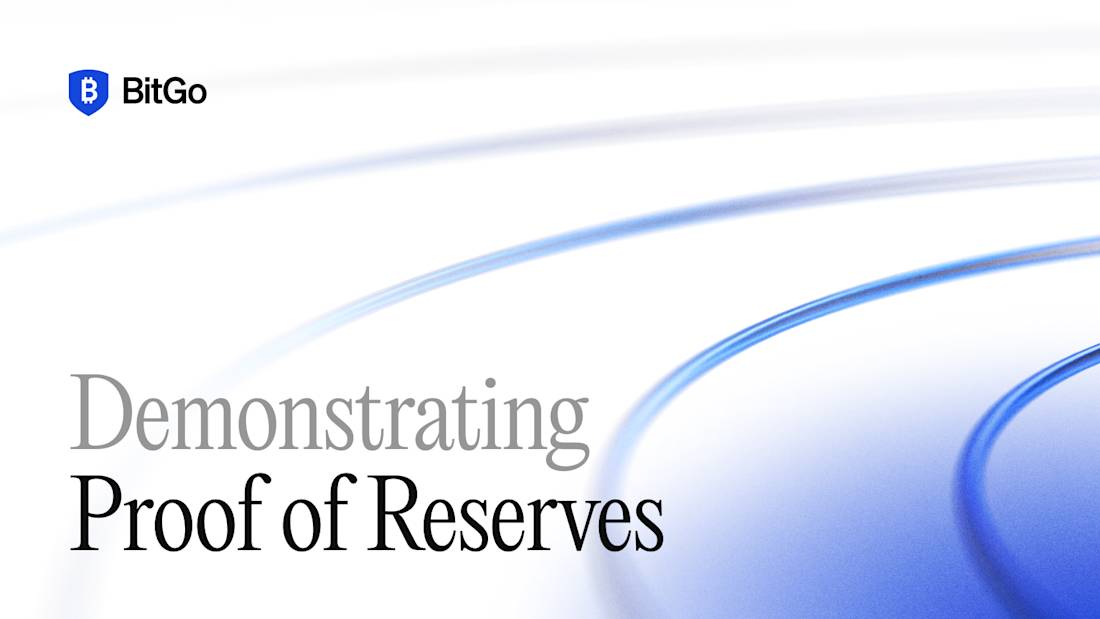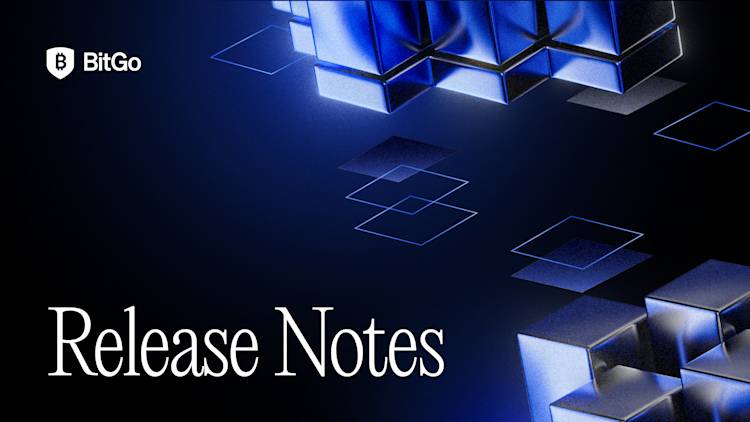In addition to illustrating the need for better separation of roles between exchanges, brokerages, and custodians, the collapse of FTX also highlights why it’s so important for firms to implement “proof of reserves” (PoR) and prove what they actually hold on-chain.
Defining proof of reserves
Proof of reserves validate the funds held in custody. Using the public addresses for custodial wallets, viewers — including auditors or the public — can confirm actual asset balances on-chain.
In a since-deleted Tweet, Sam Bankman-Fried wrote that “FTX has enough to cover all client holdings. We don’t invest client assets (even in treasuries).”
FTX did not, however, back that claim up with anything but their word. By contrast, a proof of reserves system would have demonstrated what funds they actually still held.
Momentum for proof of reserves
In the wake of FTX, there’s rightfully increasing pressure on exchanges and other entities to demonstrate proof of reserves.
According to Nic Carter, the founder of CoinMetrics, entities including Kraken, BitMex, and CakeDeFi have recently conducted proof of reserve attestations. Other prominent firms — including Binance, OKX, Poloniex, Kucoin, Bybit, Deribit, and Huobi — have announced intentions to provide PoR in the near future.
While the progress is encouraging, there are still a large number of players within the crypto industry that are yet to enact a proof of reserves audit. Broader adoption would help restore trust to the crypto industry.
Ways to show proof of reserves
Organizations can demonstrate proof of reserves in three, increasingly comprehensive ways.
First, they can self-report blockchain data. This involves sharing their public wallet addresses and the balance of each. This can be done quickly.
Second, they can verify that they actually own those addresses by signing a message with the appropriate set of keys.
Third, the more thorough solution is to work with an independent, third-party auditor to anonymize the data in what’s called a “Merkle tree.” When complete, this will allow your end-users to confirm their on-chain balances and verify the funds are actually being held in reserve.
At present, BitGo customers can use the APIs in our developer portal to start working on the first and third options. To learn more and see more detailed instructions, visit this page.
How to think about proof of reserves as an investor
As an investor, seeing proof of reserves checks an important box — but it’s not the only box that needs checking.
For instance, a proof of reserves system would have shined a light on FTX earlier, since they had been completely misrepresenting their holdings.
Theoretically, though, an entity could have proper reserves, yet also be making risky decisions in other parts of their business. They could, for instance, be overleveraged and therefore particularly vulnerable to disruptions. (This is again why we need better market structure in crypto — to prevent this type of scenario). Or perhaps they have security vulnerabilities elsewhere.
In any case, investors should therefore consider proof of reserves a key step, but by no means the end of their due diligence process.
Getting started
BitGo customers who wish to demonstrate proof of reserves for their own end-users can use our Developer Portal to self-report their blockchain data. Visit this page to see how to access that data and plug it into a proof of reserves page you build.
The latest
All NewsAbout BitGo
BitGo is the digital asset infrastructure company, delivering custody, wallets, staking, trading, financing, and settlement services from regulated cold storage. Since our founding in 2013, we have been focused on accelerating the transition of the financial system to a digital asset economy. With a global presence and multiple regulated entities, BitGo serves thousands of institutions, including many of the industry's top brands, exchanges, and platforms, and millions of retail investors worldwide. For more information, visit www.bitgo.com.
©2025 BitGo, Inc. (collectively with its parent, affiliates, and subsidiaries, “BitGo”). All rights reserved. BitGo Trust Company, Inc., BitGo, Inc., and BitGo Prime LLC are separately operated, wholly-owned subsidiaries of BitGo Holdings, Inc., a Delaware corporation headquartered in Palo Alto, CA. BitGo does not offer legal, tax, or investment advisory services. The statements contained herein are only intended for marketing and informational purposes and should not be interpreted as legal, tax, or investment advice. Please consult your legal,tax,investment, or other professional advisor for questions about your specific circumstances. Digital asset holdings involve a high degree of risk, and digital asset values may fluctuate on any given day. Accordingly, your digital asset holdings may be subject to large swings in value and may even become worthless. The information provided herein is not intended for distribution to, or use by, any person or entity in any jurisdiction or country where such distribution or use would be contrary to law, statute, or regulation. BitGo is not directing this information to any person in any jurisdiction where the publication or availability of the information is prohibited, by reason of that person’s citizenship, residence, or otherwise. The information contained in our press releases, blogs, and presentations should be considered accurate only as of the date of the press release, blog, or presentation. We disclaim any obligation to supplement or update the information in these press releases, blogs, or presentations, except as may be required by law. Product availability and client eligibility will vary by jurisdiction. Services listed may be provided by one of BitGo's affiliated entities.




